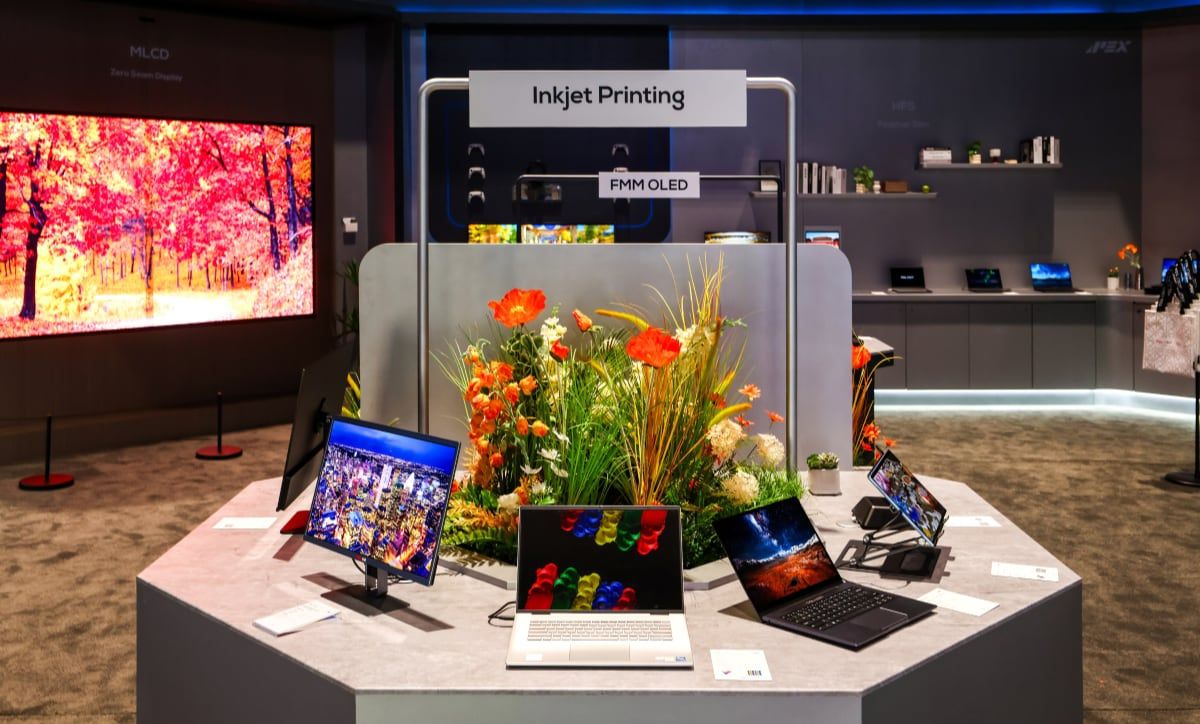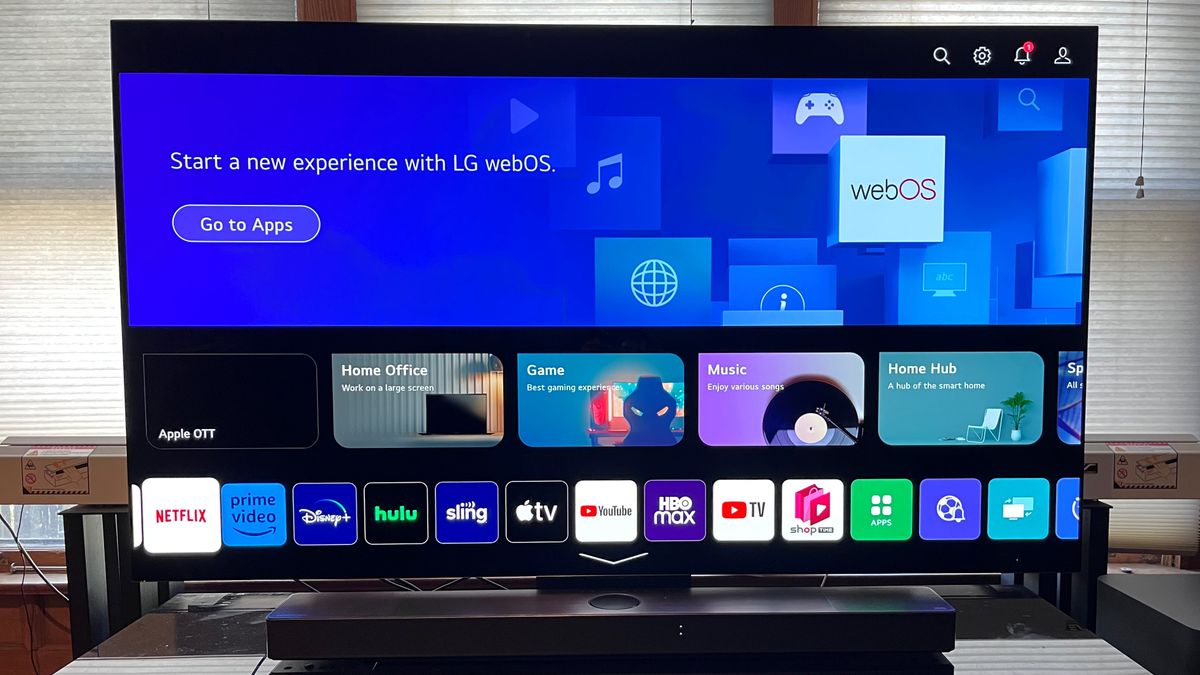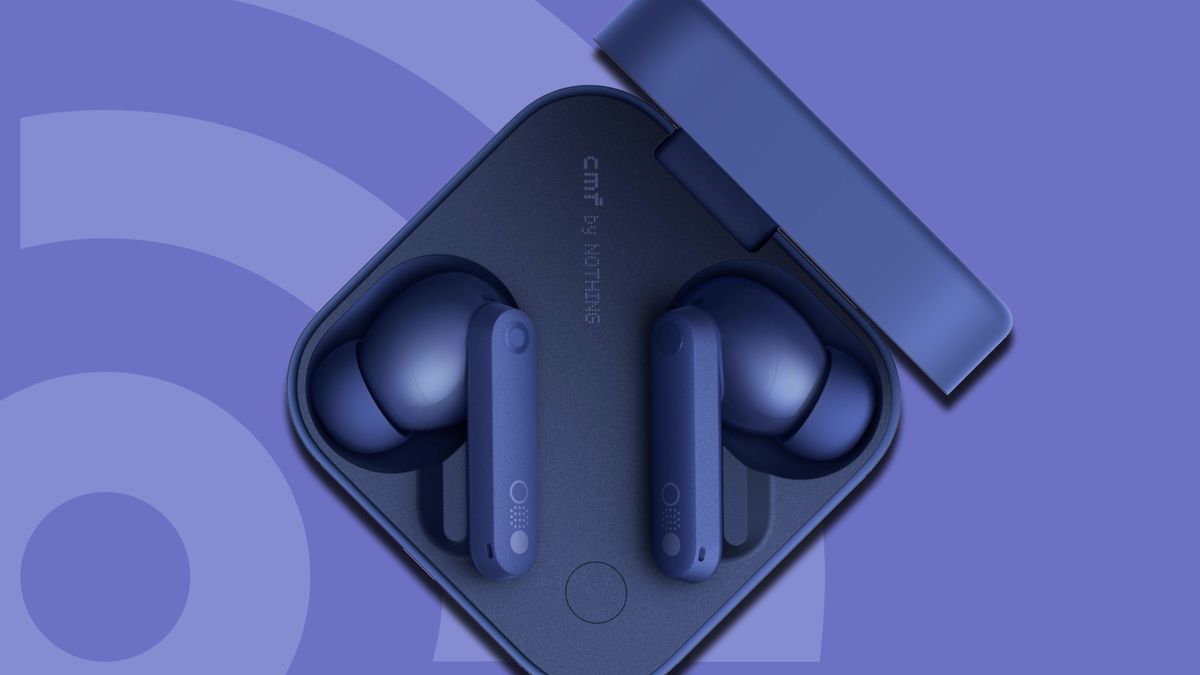- OLEDS printed by ink are very close to mass production
- Samsung's screen seems to have solved the longevity problem of El-QD
- Do not pause your new television plans if you are currently buying
The race to find the next big thing in television technology has just passed two great milestones: TCL CSOT, the TCL exhibition manufacturing subsidiary, has demonstrated its OLED technology printed with ink injection in a TV size with panels of up to 65 inches, and Samsung Display has demonstrated the potentially the-QD in a new and bright version.
IJP Oled and El-QD are competing for being the next technology that replaces the current OLED production, and both are emissive technologies as current OLED.
Both are very exciting, but neither comes to their front room in the short term, and of the two, it is likely that the printed OLEDs arrive long before the-QD. But both could prove to be revolutionaries.
Why are we a little excited about the printed OLED and the-QD
The OLED panels printed by ink injection are the most exciting, because they can be used in a wide range of applications: telephones, tablets, laptops, PC monitors, televisions, car panels … anywhere where you want to put a screen.
TCL has shown 65 -inch panels printed on Inket before: an early prototype in 2021, and a curved prototype in 2023. But this is much closer to production than before, and some of the smallest panels that TCL showed a new oxide bottom plane that apparently offers faster response times and greater energy consumption.
Although TCL CSOT says it has become “the first manufacturer to market a complete family cube of IJP [inkjet printed] OLED products, “we are not stopping our new television plans yet: any new panel technology begins with a expensive expensive until the yields improve and costs fall.
IJP OLED remains an OLED technology in the sense that it uses organic material to create emissive pixels, but the panel structure is totally different due to the manufacturing process, so it is an OLED largely instead of adjusting current technology.
It has the potential to be more efficient and cheaper in the long term, but is not ready to work.
TCL has said directly to Techradar that it will probably spend several years before IJP Oled is affordable on televisions, but is already landing on smaller screens.
Is the brilliant future for the-QD?
The-QD seems to be the name of a bullfighter, and Samsung Display is optimistic about his perspectives: he uses quantum points such as light emitting diodes and could offer wider color ranges, faster response times and energy consumption lower than other screen technologies.
Like TCL CSOT, Samsung Display was showing its technology in the Sid Show in the United States. He brought some printed OLED and some flexible, but the most technically interesting was the-QD because Samsung seems to have solved the biggest problem of that technology.
Until now, El-QD exhibitions have suffered a lack of longevity: early versions used cadmium, and that is prohibited in many countries; Without it, the longevity of the essential blue materials for the-QD was not great. But Samsung Display says that it has “dramatically increased” the useful life with its latest prototypes without cadmium.
That allowed Samsung to make the most brilliant EL-QD prototype to date, but it still stays well below the brightness it would like in its front room: the last El-QD panel has 400 nits; Many of the best OLED deliver more than 1,000 nits, while my led mini TV seems to take ninety one billion nits.
It is also much smaller than its TV: 18.2 inches with 3,200 x 1,800 pixels.
The-QD is far from production, then, assuming that it once makes it a mass production. The future is brilliant, but it needs to be much brighter before it can be an HDR television.









